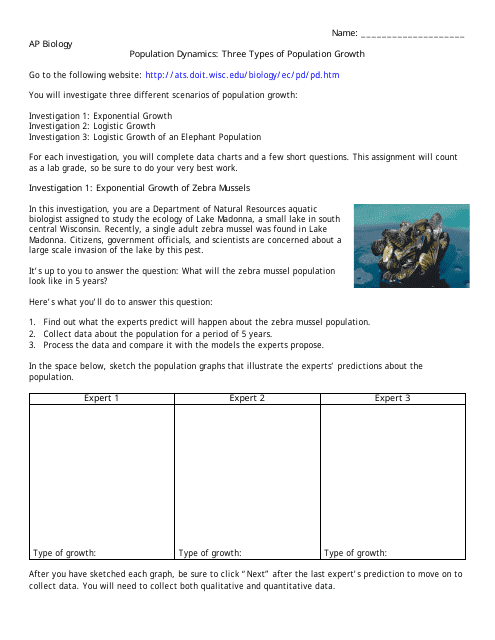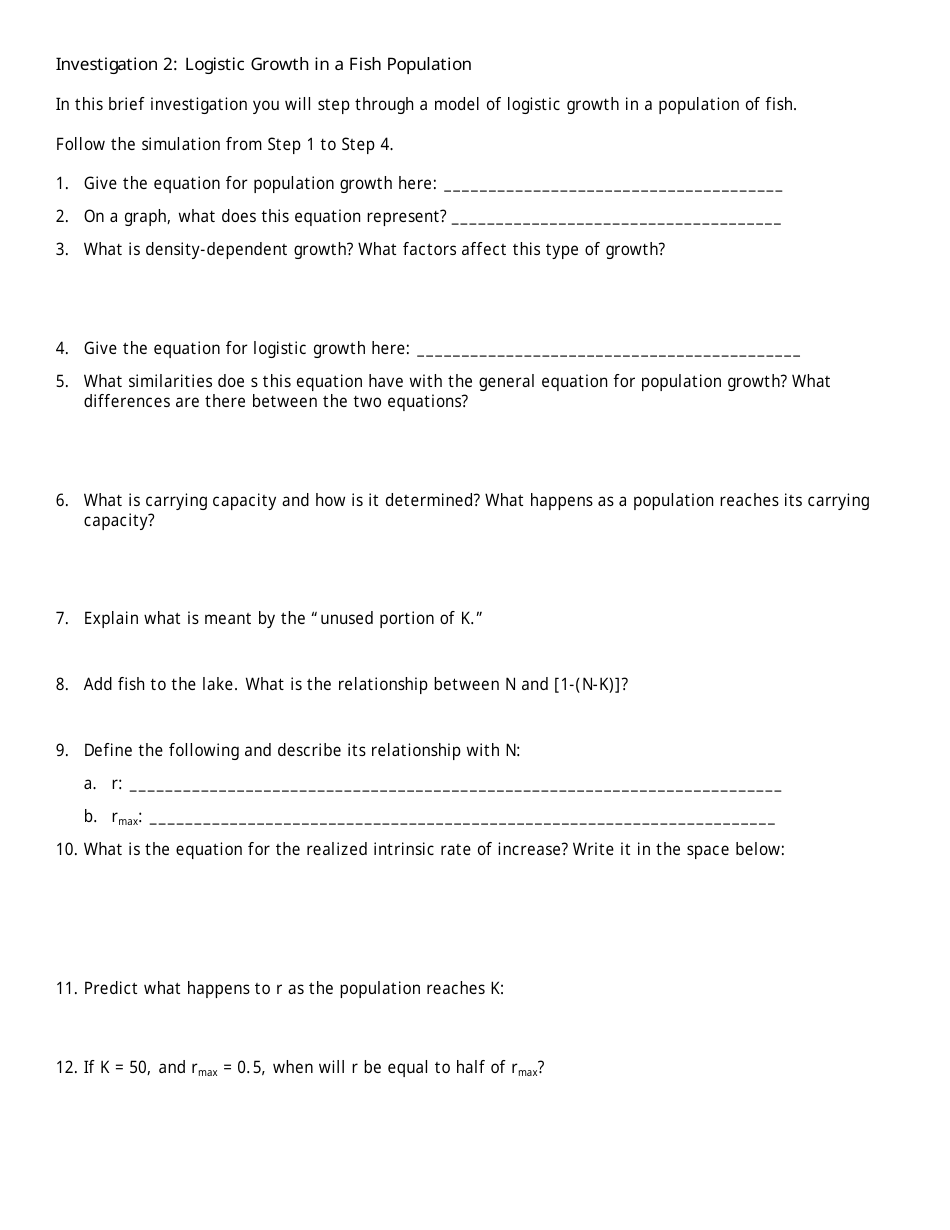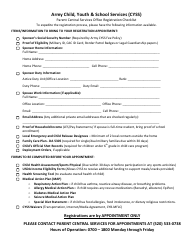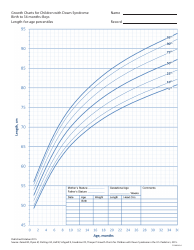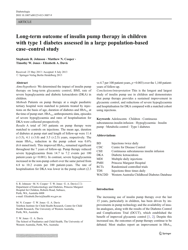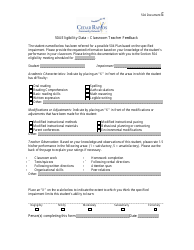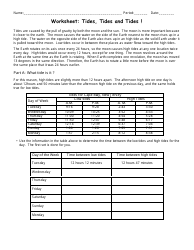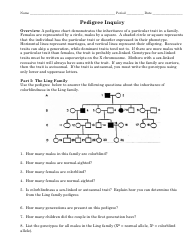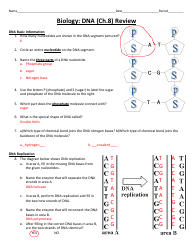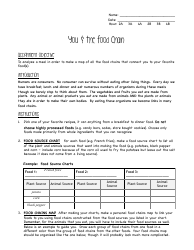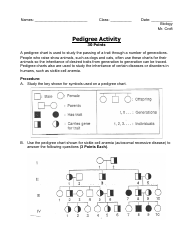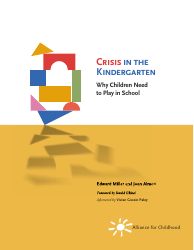Population Dynamics: Three Types of Population Growth Worksheet - Ap Biology, Blue Valley Schools
The "Population Dynamics: Three Types of Population Growth Worksheet - Ap Biology, Blue Valley Schools" is an educational resource designed for AP Biology students at Blue Valley Schools. It is used to help students understand the three types of population growth dynamics.
FAQ
Q: What are the three types of population growth?
A: The three types of population growth are exponential growth, logistic growth, and oscillating growth.
Q: What is exponential growth?
A: Exponential growth is when a population increases at a constant rate without any limiting factors.
Q: What is logistic growth?
A: Logistic growth is when a population initially grows exponentially, but eventually levels off due to limiting factors.
Q: What is oscillating growth?
A: Oscillating growth is when a population constantly fluctuates in size over time.
Q: What are limiting factors?
A: Limiting factors are factors in the environment that can restrict population growth, such as the availability of resources or competition for resources.
Q: How does exponential growth differ from logistic growth?
A: Exponential growth occurs when resources are unlimited, while logistic growth occurs when resources become limited.
Q: What is carrying capacity?
A: Carrying capacity is the maximum number of individuals that an environment can sustainably support.
Q: What are some examples of limiting factors?
A: Examples of limiting factors include food availability, predation, disease, and competition for resources.
Q: Why is understanding population dynamics important?
A: Understanding population dynamics is important for studying ecological relationships, managing resources, and predicting the impacts of population growth on ecosystems.
Q: How can population growth impact ecosystems?
A: Population growth can lead to increased competition for resources, habitat destruction, and changes in species interactions, which can negatively impact ecosystems.
